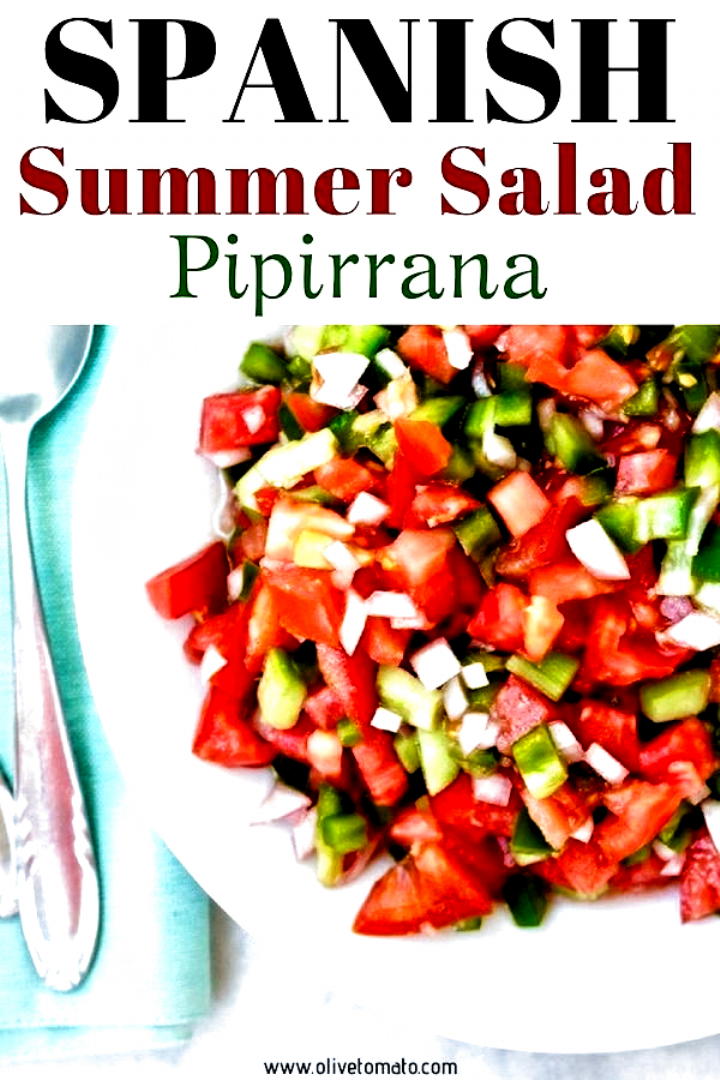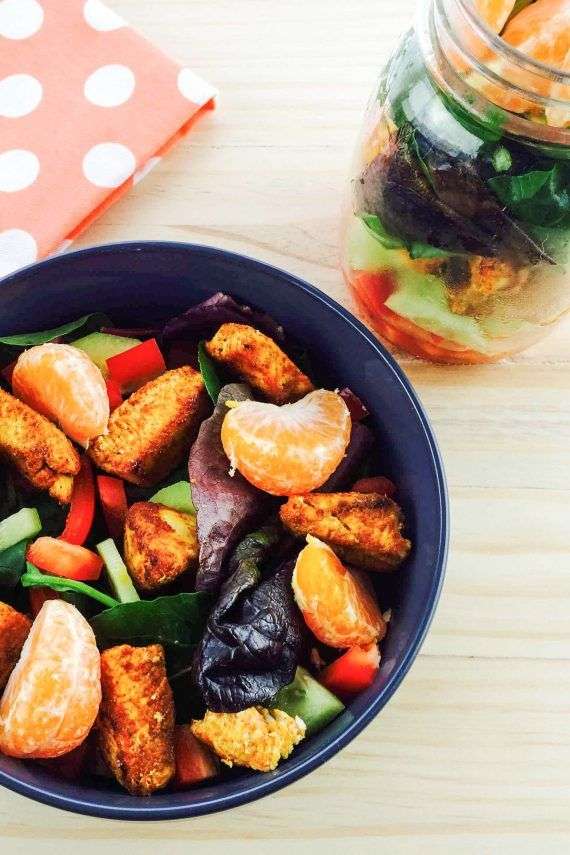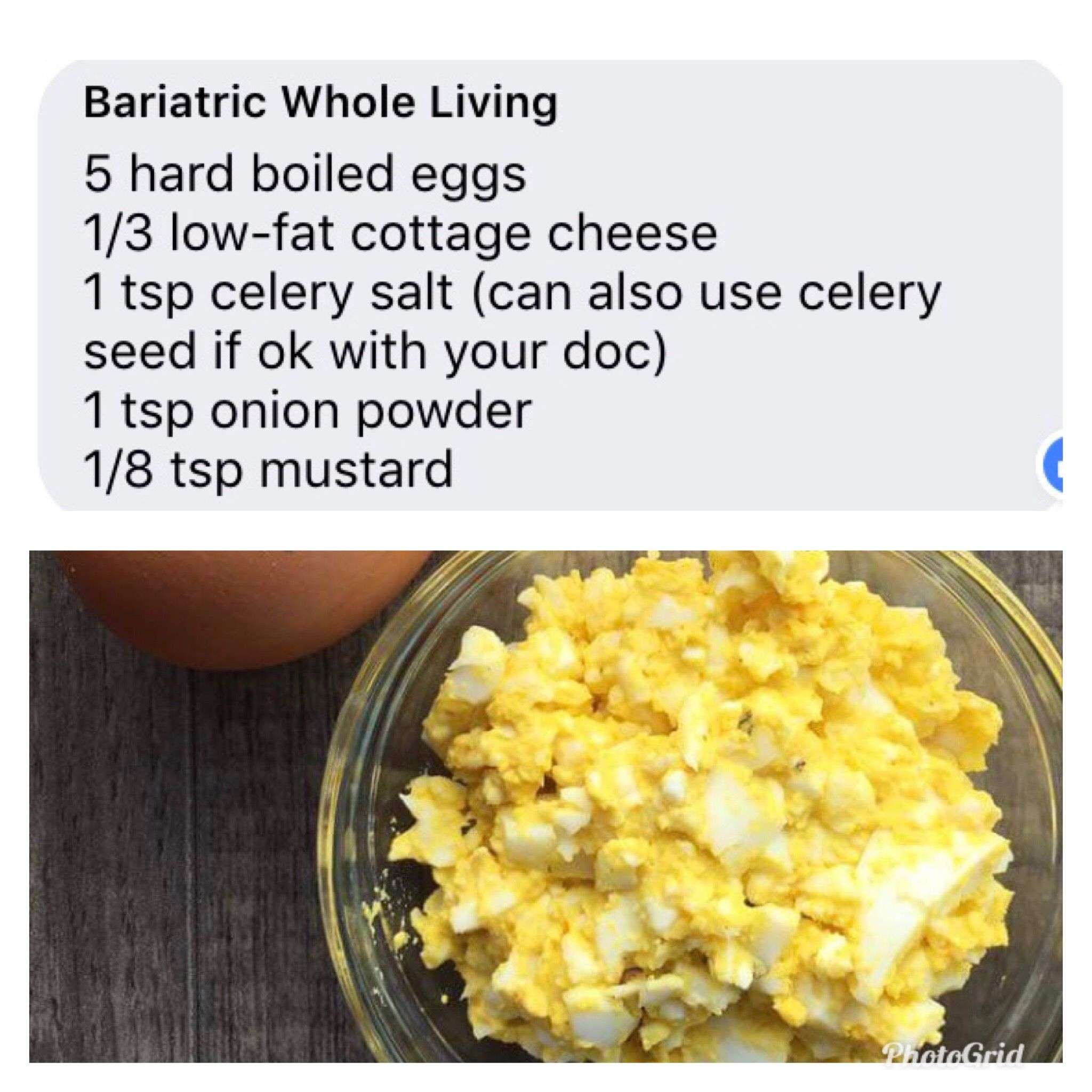Diverticulitis And Vitamin D
Vitamin D is a critical nutrient for human health, best known as the sunshine vitamin.
There is increasing evidence that our vitamin D status may influence risk of gastrointestinal diseases such as Irritable Bowel Syndrome, Inflammatory Bowel Disease and diverticulitis .
A recent study in those with diverticulosis found those with the lowest vitamin D levels were significantly more likely to experience a diverticulitis flare up .
So its important to have your vitamin D levels checked with your doctor, particularly if you dont get much regular sunlight exposure.
Unfortunately, natural food sources of vitamin D are not very useful if you have a deficiency. This is one of the few instances where supplementation is far superior to food.
Summary: Low vitamin D levels are linked to increased risk of diverticulitis. Get screened for a deficiency with your doctor.
Risks Of The Diverticulitis Diet
Because of the reduced food intake, especially in the first few days, you may not be getting enough nutrients. Speak to your doctor to determine if this diet is safe for you. In most cases, they may supplement those nutrients using an IV.
Although increasing daily fiber intake can help soften stool and facilitate bowel movements, increasing too quickly can cause discomfort, pain, and increase gas . It is important to transition to a high-fiber diet only when no symptoms are present with a low-fat diet or when your doctor determines your diverticula are no longer inflamed.
What is the reasoning behind these dietary restrictions?
Can I Eat Bananas During A Diverticulitis Flare Up
If you have bloating or gas, cut down the amount of fiber you eat for a few days. High fiber foods include: Fruits, such as tangerines, prunes, apples, bananas, peaches, and pears.
Low fiber foods to consider eating if you have symptoms of diverticulitis include: white rice, white bread, or white pasta dry, low fiber cereals. processed fruits, such as applesauce or canned peaches.
Also Check: Oxo Good Grips Little Salad Dressing Shaker Green
When You’re In The Hospital
You may have had a CT scan or other tests that helped your health care provider check your colon. You may have received fluids and drugs that fight infections through an intravenous tube in your vein. You were probably on a special diet to help your colon rest and heal.
If your diverticulitis was very bad, or a repeat of past swelling, you may need surgery.
Your provider may also recommend that you have further tests to look at your colon such as colonoscopy. It is important to follow up with these tests.
What Are Some Foods That Are High In Fiber

- Foods with at least 4 grams of fiber per serving:
- One-fourth to one-half cup of high-fiber cereal.
- One-half cup of blackberries or raspberries.
- Four dried prunes.
- One-half cup of cooked beans .
Don’t Miss: Mcalister’s Chicken Salad Sandwich
Is It Better To Follow A Low
Fiber is an indigestible carbohydrate we get from plant foods.
It was always thought that diverticulosis was caused by inadequate fiber intake. However, newer studies suggest it probably doesnt prevent the diverticula forming in the first place .
That said, it most likely does help prevent diverticula becoming symptomatic .
One observational study found that those who ate 25 grams or more of fiber per day had a 41% lower risk of being hospitalized for diverticulitis compared to those who ate less than 14 grams per day .
Another study that followed more than 690,000 women without diverticular disease found that each additional 5 grams of fiber per day was associated with a 15% reduction in risk of diverticulitis .
Considering that fiber intake has other known health benefits, such as promoting regularity of bowel movements and maintaining a healthy gut bacteria, it makes sense to recommend a high-fiber diverticulitis diet.
Additionally, today most people only consume half of the recommended amount. Women should aim to get at least 25 grams per day, while the average man should have at least 38 grams per day .
However, with that said, there is no reliable evidence that a high-fiber diet improves symptoms or prevents complications in diagnosed cases of diverticulitis.
A recent review of 19 studies was unable to make any firm conclusions because each study varied so greatly in how they were conducted, the type and amount of fiber used, among other things .
Are Nuts And Seeds Really Ok To Eat If You Have Diverticulosis
Years ago, doctors worried that small bits of roughage in a person’s diet could block and irritate the little sacs that can form along the wall of the colon, leading to diverticulitis. But there was no real evidence to support this theory, says Harvard Health.
A large study published more than a decade ago in JAMA helped to put that myth to rest. Some 47,000 men with no known diverticulitis were followed for 18 years. The study found no increased risk of diverticular complications, including diverticulitis. In fact, nut and popcorn consumption appeared to be slightly protective.
Recently, AGA weighed in: “Nut, corn, and popcorn consumption is not associated with an increased risk of diverticulitis,” the medical group noted. Likewise, it added, there’s no proof that ingesting seeds, including tiny seeds found in strawberries and blueberries, boosts diverticulitis risk.
As Cleveland Clinic points out, seeds are actually part of a high-fiber diet, which again, is recommended to reduce the risk of diverticulitis.
RELATED: An Eater’s Guide to Gut Health: How to Eat to Feed Your Belly Bugs
Also Check: Where Can I Get A Big Salad
Related Faq For What Foods Can Aggravate Diverticulosis
How do you keep diverticulosis under control?
Prevention. The best way to help prevent diverticulitis is to keep diverticulosis under control. That means eating a high fiber diet which requires 20 to 35 grams of fiber each day. Fiber is found in grains, vegetables, and fruits.
Can diverticulosis go away?
You likely won’t even have symptoms if you have diverticulosis. If you have a mild case of diverticulosis, it may go away on its own without treatment. Up to 30% of people with diverticulosis do develop diverticulitis. Between 5% and 15% will develop rectal bleeding.
Can you reverse diverticulosis?
Once you developed diverticula, they are unlikely to go away. Bleeding and inflammation are two common complications of diverticulosis. Diet plays an important role in the prevention of the progression of diverticulosis, but will not be able to reverse the process.
Is Chicken bad for diverticulitis?
Higher consumption of poultry/fish was not associated with risk of diverticulitis. However, the substitution of poultry/fish for one serving of unprocessed red meat per day was associated with a decrease in risk of diverticulitis .
What snacks can I eat with diverticulitis?
Examples of low-fiber foods include:
How do I know if my diverticulitis is flaring up?
Is It Ok To Eat Scrambled Eggs With Diverticulitis
Eat a low-fiber diet. Your healthcare provider may advise a liquid diet. This gives your bowel a chance to rest so that it can recover. Foods to include: flake cereal, mashed potatoes, pancakes, waffles, pasta, white bread, rice, applesauce, bananas, eggs, fish, poultry, tofu, and well-cooked vegetables.
You May Like: Arby’s Grilled Chicken Salad
What Should I Eat And Drink If I Have Diverticular Disease
If you have chronic symptoms of diverticular disease or if you had diverticulitis in the past, your doctor may recommend eating more foods that are high in fiber.
Talk with a health care professional, such as your doctor or a dietitian, to plan meals with the right amount of fiber for you. Health care professionals may recommend increasing the amount of fiber you eat a little at a time, so your body gets used to the change.
The amount of fiber in a portion of food is listed on the foods Nutrition Facts label. Some examples of fiber-rich foods are listed in the table below.
Can I Eat Tomatoes With Diverticulitis
diverticulosisdiverticulitistomatoeseat
. Similarly, can you eat tomatoes if you have diverticulitis?
If these foods do not seem to cause stomach pain, you may eat them. The seeds in tomatoes, zucchini, cucumbers, strawberries, and raspberries, as well as poppy seeds, should not cause any problems. Other sources of fiber include other vegetables, fruits, flax seeds, nuts, and whole grains.
Similarly, what vegetables can I eat with diverticulitis? Examples of low-fiber foods include:
- Canned or cooked fruits without skin or seeds.
- Canned or cooked vegetables such as green beans, carrots and potatoes
- Eggs, fish and poultry.
- Fruit and vegetable juice with no pulp.
- Low-fiber cereals.
Read Also: Salad And Go Breakfast Time
What Foods Should I Eat During A Diverticulitis Flare
In some cases, your doctor might suggest certain dietary changes to make diverticulitis easier to tolerate and less likely to worsen over time.
If youre having an acute attack of diverticulitis, your doctor may suggest either a low fiber diet or a clear liquid diet to help relieve your symptoms.
Once symptoms improve, they may recommend sticking with a low fiber diet until symptoms disappear, then building up to a high fiber diet to prevent future flares.
Can You Drink Alcohol If You Have Diverticulitis

The common advice is to avoid alcohol when experiencing digestive problems. However, according to a recent meta-analysis published in the Hawai’i Journal of Medicine and Health, regular alcohol consumption was not found to be associated with incidences of diverticulosis or diverticular attacks and did not increase the likelihood of being diagnosed with either condition. That being saidlike with all other foods in this guideit’s best to consume alcohol in moderation. If you notice any increases in discomfort, stop drinking immediately.
You May Like: Spode Blue Italian Salad Servers
Can You Eat Lettuce Or Salads With Diverticulitis
Most raw vegetables and some cooked vegetables should be avoided, but leafy vegetables may be okay. Again, you can eat a small amount and see how it affects you.
Disclaimer
This article is meant as a guide to be used for informational purposes and is not meant to diagnose or treat any condition. It is recommended you speak with your doctor for the best treatment plan for your situation.
Diverticulitis Diet: What Not To Eat
While some doctors still recommend sticking to this type of diet, most physicians have abandoned that advice, as current research has demonstrated no evidence linking those foods with increased problems.An expert can even make specific recommendations, provide recipes and help you find ways to enjoy the high-fiber foods your diet needs. .
Read Also: Chicken Salad Chick Valdosta Ga
Slowly Increase Your Fiber Intake
If you’re not used to getting a lot of fiber, or you’re coming off a recent diverticulitis flare-up, it’s best to increase your intake of fiber gradually, instead of all at once. Eating too much fiber too soon can cause uncomfortable symptoms, like gas and bloating. Instead, increase your intake slowly over a period of two weeks to give your body time to adjust to your new diet.
Make sure you’re also drinking enough water. Water helps your body use fiber to keep your stools soft and bulky. Jacqueline Wolf, MD, an associate professor of medicine at Harvard Medical School, recommends drinking between eight and nine glasses of water per day and getting regular exercise to help keep things moving.
Read more:Is Sugar Bad for Diverticulitis?
While this general diet plan works well for many people, everyone is different. The National Institute of Diabetes and Digestive and Kidney Diseases recommends paying close attention to your symptoms and how you feel. If you notice that certain vegetables or high-fiber foods bother you or worsen your symptoms, cut them out of your diet and find different foods or fiber supplements like bran and psyllium to help you meet your fiber needs.
Are Nuts And Seeds Really Diverticulitis Foods To Avoid
A simple search for foods to avoid with diverticulitis or what not to eat for diverticulitis will show you nuts and seeds, corn and popcorn.
You will also find recommendations to avoid seeds in fruits and vegetables like tomatoes, zucchini, cucumbers, strawberries and raspberries.
In fact, for years weve been taught these foods can literally get stuck in diverticula, causing irritation and eventually diverticulitis.
But this theory has never been proven, and research actually shows no link.
A large study in 47,228 men found no associations with nut, corn, or popcorn consumption and diverticulitis, after 18 years of follow-up .
In saying that, anecdotal evidence consistently suggests that seeds are an issue, such as sesame seeds on a bread roll.
So evidence is really a mixed bag, it might be better to err on the side of caution and avoid seeds at least. I wish I could give a more concrete recommendation but there really is no consensus at this stage.
Summary: Nuts, seeds, corn, popcorn and fruits and vegetables with seeds may be safe to eat with diverticular disease, but the current scientific evidence clashes with patient reports. It might be a good idea to avoid seeds just in case.
Read Also: Create Your Own Salad Calories
Possibly Unsafe Foods To Eat
You may be able to eat these foods, eat them carefully or infrequently, or eat them in small amountsor they may pose too much of a trigger for your colon. If thats the case, youre in good company these are the foods most likely to cause a diverticulitis flare-up.
Is Lettuce Bad For Your Colon
Dark Leafy Vegetables These plant foods are great sources of folate and a host of vitamins and minerals. They also provide a punch of fiber that help clear your colon. It’s important to note that not all leafy vegetables are created equally. A cup of iceberg lettuce, for example, has nearly no nutritional value.
Also Check: How To Make Easy Chicken Salad
Are Tomatoes Bad For Diverticulitis
Can I eat tomatoes if I have diverticulitis?
A diagnosis of diverticulitis no longer means you have a long list of foods to avoid. At one time, doctors recommended avoiding nuts, popcorn, seeds and even fruits or vegetables with seeds . But recent studies suggest those foods do not contribute to flare-ups and are fine to eat.
Can someone with diverticulitis eat spaghetti?
Low fiber foods to consider eating if you have symptoms of diverticulitis include: white rice, white bread, or white pasta dry, low fiber cereals. processed fruits, such as applesauce or canned peaches.
Can you eat salad if you have diverticulitis?
You can add vegetables to the foods that you are eating or have soup, salad or cooked vegetables on the side Increasing your fiber intake slowly And taking in enough fluids along with the high fiber foods.
A Healthy Diet For Diverticulitis

Its not easy to give up your favorite foods after discovering they threaten your health and well-being. Saying goodbye to our guilty pleasures like greasy cheeseburgers, silky chocolate, and even toasty bread can be practically heartbreaking. But at the end of the day, most of us will choose our future and health over our beloved food.
While its difficult to constantly monitor foods that might trigger unpleasant symptoms, its also crucialespecially for those with chronic conditions such as diverticulitis, which occurs when small pouches in the colon become inflamed or infected due to small pieces of undigested food or stool that gets stuck inside.
However, there are recommended foods to avoid, as well as ones you should eat when your diverticulitis is acting up and when its dormant.
If youre experiencing symptoms of diverticulitis, such as pain on your lower left side, fever, boating, and diarrhea, you should stick to a liquid diet until the symptoms subside, or for as long as your doctor recommends.
Don’t Miss: Pottery Barn Thanksgiving Salad Plates
Are Alcohol And Coffee Bad For Diverticulitis
Not necessarily, though you definitely want to avoid alcohol and caffeine if youre experiencing a diverticulitis attack.
Coffee is a bowel stimulant, so if youre having an attack you might want to stay away and rest your bowel, says Dr. Boling, but in the long run, people who have recovered can drink it.
The same goes for alcohol, though Dr. Boling does warn that alcohol is hard on your stomach in generaland symptoms of other health conditions, likepancreatitis, can be similar to symptoms of a diverticulitis flare .
What Your Diet Should Be Like After The Flare
After a diverticulitis flare-up it’s important to gradually include fiber-rich foods into your day-to-day diet. Start by having one fruit or raw vegetable a day, and then progress by adding more fruits and vegetables, or even some wholegrain cereals into your day. In addition, you will also need to increase your daily water intake to at least 2 liters a day.
Including fibers and drinking plenty of water is very important to avoid constipation and make feces softer. When feces are not soft and get compacted inside the bowels it can cause the diverticula to get inflamed or infected, leading to other flare-up.
Recommended Reading: Whole Foods Sonoma Chicken Salad